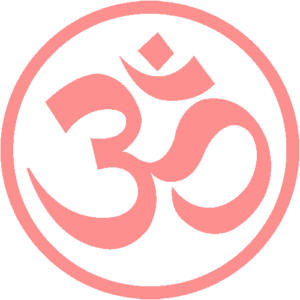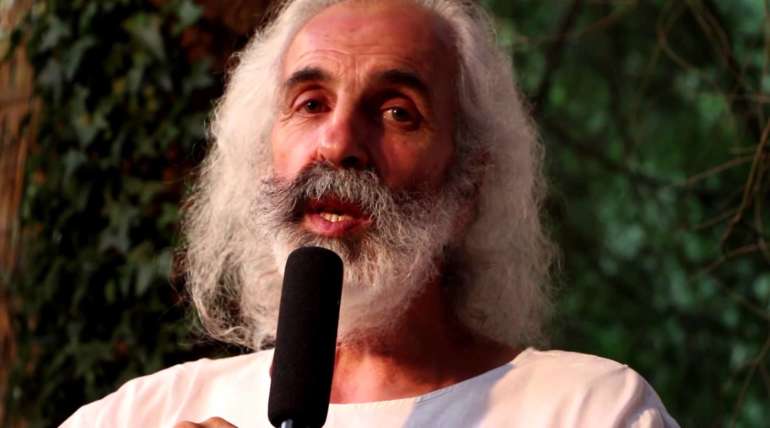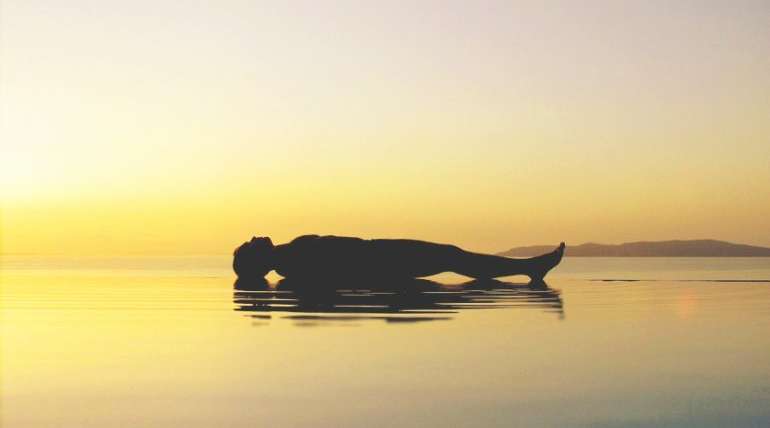à Crêt Bérard du 10-11 juin 2006
Entretien avec André Riehl
Qu’est-ce qui vous a amené au Yoga ?
Ce qui m’a amené au Yoga est un rêve lors que j’avais environ 11 ans, un visage qui revenait tout le temps. Petit à petit j’ai remarqué un apaisement le lendemain de ces rêves à l’école. Ensuite, par hasard, j’ai retrouvé ce visage dans un article de journal. Je l’ai découpé, décoré avec une boîte. Cela représentait l’Univers. Quand je rentrais de l’école, je me mettais devant et j’avais envie de bouger, parfois de rester immobile, j’imaginais des formes, des couleurs, des images… Cela a duré 8 – 9 ans, jusqu’à ce qu’un jour, j’ai lu l’article qui accompagnait cette image. C’est à ce moment seulement que j’ai identifié qu’il s’agissait de Ramakrishna, un sage, mort depuis longtemps. En même temps j’ai découvert que ce que je faisais depuis longtemps s’appelait le Yoga. Je suis allé voir des enseignants.
Quel est votre parcours par la suite ?
Vers l’âge de 20 ans, j’ai décidé d’aller à pied en Inde. C’était une démarche intense. Je suis resté dans un monastère du Himalaya pendant quelque temps, ensuite dans une grotte. Puis, j’ai mené une vie d’errance en mendiant. J’ai cueilli des bribes d’enseignements par ci par là jusqu’à ce que je rencontre des ascètes de la lignée shivaïte – SHIVASIDDÂNTA. Ils m’ont enseigné dans plein de domaines : 19 pratiques, vastes et complètes dont le NIDRA Yoga. Il y a eu ensuite la rencontre avec Ma Ananda Mayee, d’abord en rêve, J’ai reçu ses enseignements autour de l’Amour et sur toutes les couleurs de la relation, ils ont pris une profondeur non imaginée. Cette rencontre-relation a duré jusqu’en 1982, sa mort, et même après.
Puis, il y a eu la relation avec Krisnamurti. Il m’a appris un Yoga précis et structuré, la concision, l’intégrité intellectuelle, la non confusion mentale.
J’ai rencontré mon maître Chandra Swami qui est d’une ancienne lignée brahmanique des Udasins. Il n’enseigne pas de manière formelle, c’est une relation intérieure qui dure depuis 30 ans.
Et puis, j’ai aussi un itinéraire en Europe : j’ai fait une formation de Yoga complète, avec un diplôme de la FNEY. J’ai suivi plusieurs filières en parallèle : Roger Clerc, le yoga de l’énergie, Nil Hahoutoff, Desikachar et Shivananda.
J’ai commencé à enseigner moi-même. Ce que j’ai appris avec ces formations est ce qu’il ne fallait surtout pas faire. Il y a un très grand accent sur la prévention, ne pas blesser…
Quelle est votre vision de l’enseignement du Yoga en Europe ?
En Occident, les écoles sont essentiellement des formations pour devenir enseignant. Mais ce qui intéresse la tradition est de former des Yogi et non pas des professeurs. Lorsqu’on a un instructeur dans une lignée, c’est une relation avec l’énergie de cette lignée, c’est comme une rampe pour amener vers la lumière. Moi, j’essaie d’être un témoin entre l’Orient et l’Occident pour dire que les lignées traditionnelles existent toujours, ce n’est pas ringard. Elles sont ouvertes, pour y accéder, il faut du temps et un grand investissement, mais c’est possible.
En Occident, il y a une perte du sens profond du mot Yoga. Le Yoga est à la fois un but, un Etat d’union, et des moyens. Dans les formations d’enseignants l’accent est surtout mis sur les outils. La vraie question n’est pas, le Yoga à quoi cela sert, mais êtes-vous prêt à servir le Yoga, le but ? Actuellement, on forme des professeurs de Yoga qui ne sont reconnus par aucune institution officielle, du moins en France, il n’y a que l’intégration sociale sous forme de paiement de la TVA. Mais il y a des personnes qui font une démarche de Yoga qui souhaitent être ravi par l’Etat. Ça existe des Yogi, mais ils ne sont inscrits dans aucun bottin…
Quel est l’apport spécifique du NIDRA Yoga pour les enseignant-e-s et pratiquant-e-s de Yoga ?
Le NIDRA Yoga est à distinguer du Yoga Nidra, pratiqué par beaucoup d’enseignants en fin de cours sous forme de petite relaxation de 5 à 10 minutes. Le NIDRA Yoga est une démarche vaste et riche qui donne des enseignements dans deux grands domaines : D’une part, le lâcher-prise, l’apprentissage par une méthode pour se crisper de moins en moins. Apprendre à lâcher les tensions sur les plans physiques, organique, osseux, dans l’énergie de la perception, le mental (la mémoire, la projection, la pensée, les idées…) la détente de l’intuition et finalement la détente du silence. Eh oui, il y un état crispé du silence… C’est tout le processus d’orientation du mental – CITTA NIRODHA – dont parle Patañjali. Aboutir à une relaxation dans l’état de pensée.
L’autre grand domaine dans le NIDRA Yoga est la concentration ou la contemplation. Il y a des degrés pour mobiliser de l’énergie sur un objet particulier. Cela peut être l’éducation, les croyances, la mémoire, l’oubli, ou jusqu’au bout du silence. Il s’agit d’états intérieurs d’agitation qui se stabilisent. On peut se concentrer sur
L’énergie de l’oubli. L’oubli est une des dimensions du sacré. Il nous faut beaucoup pour nous oublier nous- même pour aller vers SAMADHI. On peut contempler le manque, l’énergie du manque. C’est une saveur de Dieu qui peut nous rapprocher de cette relation avec Lui.
Pour finir, on essayera d’associer les deux : le lâcher-prise et la concentration et cela aura un effet sur le contenu de la pensée. Il y a la conscience dans l’état de veille, le subconscient dans le rêve et l’inconscient dans le sommeil. On utilisera l’énergie de la pensée, à peine, pour visiter l’état de NIDRA, le sommeil. Il s’agit du sommeil mythologique de SHIVA : cet état de détente consciente et de concentration qui maintient, détruit et crée l’univers.
Sous quelle forme se présentera votre contribution lors du séminaire de printemps de la FSY ?
Ce séminaire est-il destiné plus particulièrement à un certain public ?
Ce séminaire s’adressera à toute personne qui a envie de trouver plus de sens à sa pratique de Yoga, qu’elle soit enseignant ou élève débutant, il n’y a pas de différence. Le NIDRA Yoga peut nourrir leur pratique, leur travail, leur santé, leur relation… Il participe à la recherche de la dimension sacrée dans la vie quotidienne. Le séminaire (voir programme) abordera la théorie et la pratique et se clôturera avec quelques conseils pour votre pratique personnelle.
Quelles sont les perspectives du NIDRA Yoga en Europe ?
Mon maître m’a demandé de mieux faire connaître le NIDRA Yoga en Europe parce qu’il permet d’apporter du soulagement aux souffrances des gens, il ouvre la porte à la dimension sacrée de la vie.
Actuellement, nous sommes en cours de créer un cycle de formation européen qui s’adressera plus particulièrement aux enseignants de Yoga déjà formés et d’autres personnes en démarche. Ce cycle commencera à la rentrée en septembre 2006 au Luxembourg (pour plus détails veuillez consulter www.yoga.lu/nidra.htm).
Propos recueillis avec ravissement par
Eveline Waas Bidaux
à Montpellier le 10 décembre 2006.





